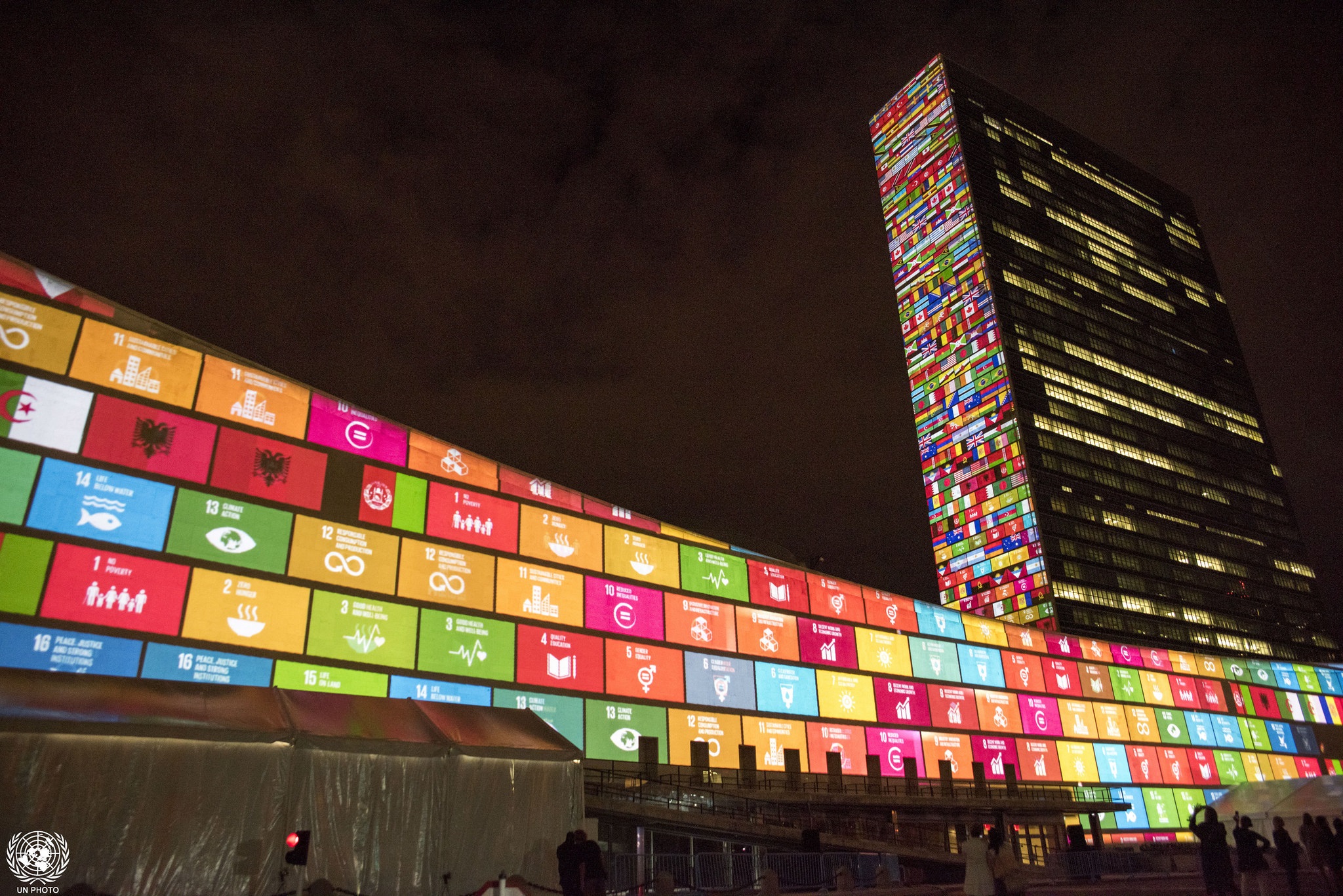
The principle of integration is at the core of the 2030 Agenda for Sustainable Development. One major difference between the Millennium Development Goals (MDGs) and the 2030 Agenda, is the shift from a sectorial way of thinking to a highly integrated approach to development.
The need for policy integration is fully recognized by the UN system, Member States and other stakeholders. However, according to Mr. Juan Somavia (former Special Adviser to the UN Secretary-General on Inter-regional Policy Integration and also former Director-General of the International Labour Office (ILO)), the capacity for policy integration has not yet been fully developed, neither at the national or global levels. His message to the 2017 ECOSOC Integration Segment (8 to 10 May UNHQ) was clear: “integration is the single biggest challenge ahead and if not accomplished, sustainable development will not be achieved.”
The importance of integration has also been acknowledged in the recently concluded Quadrennial Comprehensive Policy Review (QCPR) of the United Nations Development System. The QCPR highlights progress towards policy integration such as the concept of multidimensional poverty. However, it also adds in a footnote that: “the concept of policy integration still lacks conceptual clarity”.
Despite this huge hurdle, Mr. Somavia remains optimistic, pointing to success in the difficult task of negotiating the sustainable development goals. “We have already accomplished the most difficult part – agreeing on the Agenda.” The agenda accords equal importance to the economic, social and environmental dimension of sustainable development.
Mr. Somavia pointed to four key steps for clarity on integration. The first, and perhaps key challenge, is defining a conceptual framework that will allow analysis to move away from sectorial thinking towards thinking that focuses on how the three dimensions interact on a multidimensional level and how to maximize contributions to attain a certain goal.
The second challenge is technical: critical linkages between economic, social and environmental dimensions, as they relate to the 17 SDGs, must be identified. This will also help countries identify their own priorities.
The third challenge is institutional: While policy-decisions are made at the ministerial level or higher, the people involved in carrying-out these decisions at the technical level must also be involved in the development of ideas and policies. Therefore, the technocrats need to be closer to the decision-making.
The final challenge is evaluation: in order to analyse progress, or lack thereof, in policy integration, indicators measuring this need to be developed – there are currently none.
Going forward, Mr Somavia made four recommendations: a ‘how to’ document on policy integration produced by an inter-agency task force; production of a joint regional document eluding to countries current policy integration efforts and ways they can be supported; inclusion of countries involved in development cooperation; and involvement of UN statistical entities.
Mr. Somavia applauded some of the efforts being made towards policy integration and concluded that “achieving policy integration would bring greater credibility to the 2030 Agenda, and is crucial to achieving all 17 Sustainable Development Goals.”
To learn more about UNDESA DSPD's social perspectives on development click here.
Source: UNDESA DSPD
 Welcome to the United Nations
Welcome to the United Nations